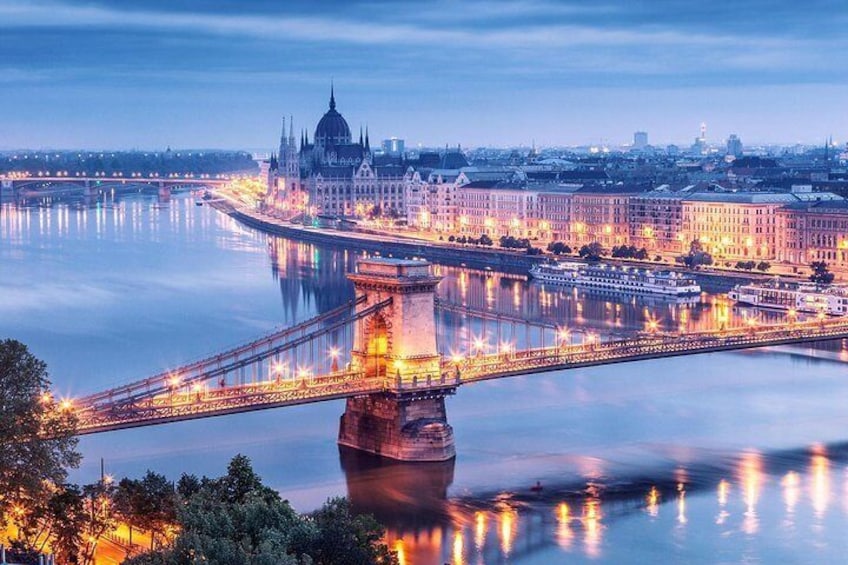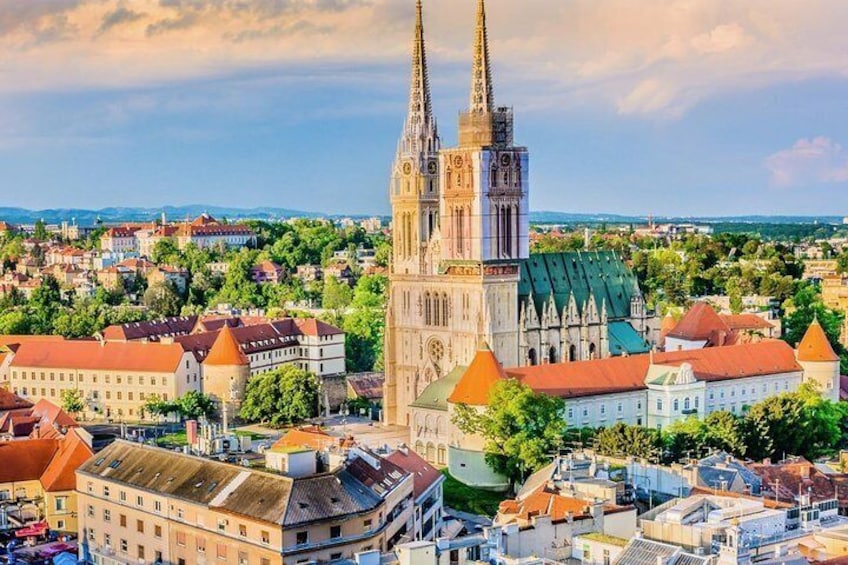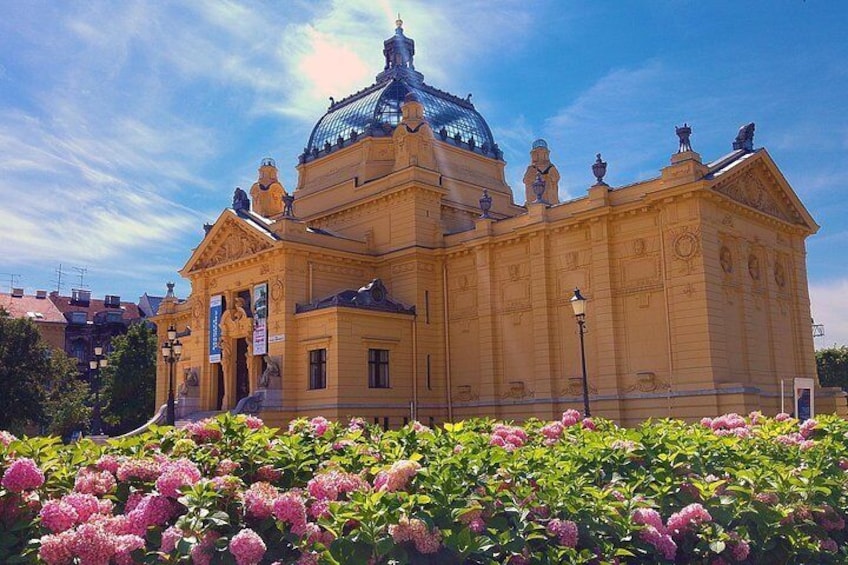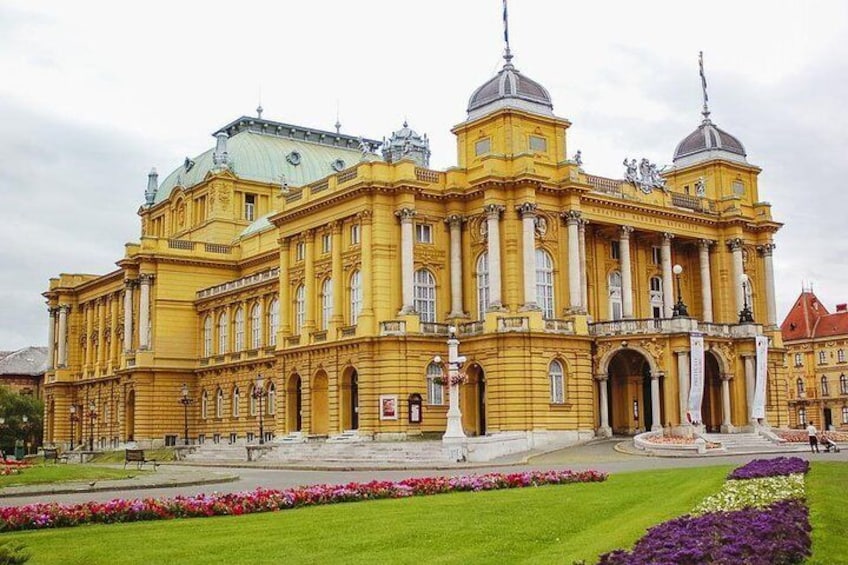Members save 10% or more on over 100,000 hotels worldwide when you’re signed in





Zagreb - Budapest
Features
- Free cancellation available
- 14h
- Mobile voucher
- Instant confirmation
- Selective hotel pickup
Overview
Some will say that Budapest is one of the most beautiful cities in the world. And it will probably be right as this city radiates special energy. The beautiful Hungarian metropolis is full of culture and beautiful landscapes. With all this, it is also irresistible with excellent food and affordable prices. Budapest offers a sense of security and warm indulgence, so not only is it very high on the list of most desirable tourist destinations, it is also one of the most desirable cities to live in. The pleasant climate, the Danube that flows through the city and carries with it a relaxing power and powerful dignity, is a trump card that is difficult to remain indifferent to. Budapest has also become a centre for the education of students from all over the world, which has breathed new enthusiasm and enthusiasm. Different cultures, different languages and different dreams came together in a place that connects East and West. A place worth exploring or visiting.
Activity location
- Buda Castle
- Szent György tér
- 1014, Budapest, Hungary
Meeting/Redemption Point
- Autobusni Kolodvor Zagreb
- 4 Avenija Marina Držića
- 10000, Zagreb, Grad Zagreb, Hungary
Multiple meeting/redemption points available, see location information for full list
Check availability
Zagreb - Budapest in English
- 14h
- Opening hours: Fri 12:00 am-11:30 pm
- English
Pickup included
What's included, what's not
- Private transport
- Dress code is smart casual
- WiFi on board
- Bottled water
- Air-conditioned vehicle
- Stroller accessible
- All Fees and Taxes
- Infant seats available
Know before you book
- Specialised infant seats are available
- Public transport options are available nearby
- Infants and small children can ride in a pram or stroller
- Travellers should have at least a moderate level of physical fitness
Activity itinerary
Buda Castle
- 1h
- Admission ticket not included
Hungarian Parliament Building
- 2h
- Admission ticket not included
Heroes' Square
- 1h
- Admission ticket not included
Szechenyi Lanchid
- 1h
- Admission ticket not included
Central Market Hall
- 2h
- Admission ticket not included
Citadel
- 1h
- Admission ticket not included
Location
Activity location
- Buda Castle
- Szent György tér
- 1014, Budapest, Hungary
Meeting/Redemption Point
- Autobusni Kolodvor Zagreb
- 4 Avenija Marina Držića
- 10000, Zagreb, Grad Zagreb, Hungary
- Franjo Tuđman International Airport Zagreb
- 21 Ulica Rudolfa Fizira
- 10410, Velika Gorica, Zagrebačka županija, Hungary